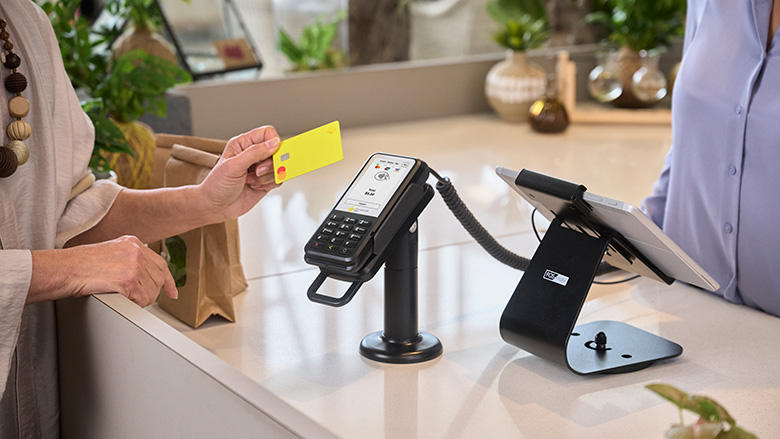Pleasingly, the bank’s latest credit and debit card data for the week ending 4 February shows a broad based pick up in spending growth, suggesting consumer spending likely troughed in early January and has been steadily improving since. Smaller effects of the Omicron variant on spending are expected as the economy continues to normalise in the months ahead.
CBA Chief Economist Stephen Halmarick said the CommBank HSI Index in January had returned to levels close to September 2021 (during the Delta lockdowns), but noted he expected a continued economic recovery.
“It is no surprise that spending intentions fell more than normal in January due to the spread of Omicron, with the biggest declines seen in the retail, entertainment and household services sectors.
“Despite this the index remains 1.4 per cent higher year on year, supporting our view that the economy continues to recover from the worst of the Covid-related slowdown.
“Our latest high frequency credit and debit card data for the week ending 4 February also shows an improvement in consumer spending into early February and we continue to expect the Australian economy to grow by close to 5 per cent in 2022,” Mr Halmarick said.
Retail spending intentions fell 20.9 per cent in January after a number of months of improvement due largely to seasonal factors. Despite the month-on-month fall, retail spending intentions are 4.4 per cent higher than January 2021, showing that the consumer led recovery remains intact.
Entertainment spending dropped 20.8 per cent in January, a larger than average seasonal decline that reflects the impact of Omicron. While entertainment spending overall remains 18 per cent lower than in January 2021, there was increased spending on live theatre, record stores, movie theatres and aquariums in January 2022. This was offset by declines in spending on bars and nightclubs, music stores, amusement parks, bowling alleys, art galleries, boat and mobile home dealers.
Household services spending weakened 14.4 per cent in January 2022, after previous strong gains. The fall in January likely relates to a reluctance to have home visitors due to the spread of Omicron. Relative to January 2021, January this year saw spending increases on vets, child care, swimming pools, landscaping, tiles & stonemasons and roofing services.
The CommBank HSI Index combines analysis of CBA payments data (Australia’s largest consumer spending data set covering approximately 40 per cent of payment transactions) and loan application information provided by CommBankiQ with Google Trends publicly available search activity data. This powerful insight into spending trends can be accessed via www.commbank.com.au/hsi. CBA’s weekly card spending data is available at https://www.commbankresearch.com.au and find out about CommBankiQ at www.commbank.com.au/institutional/commbankiq

